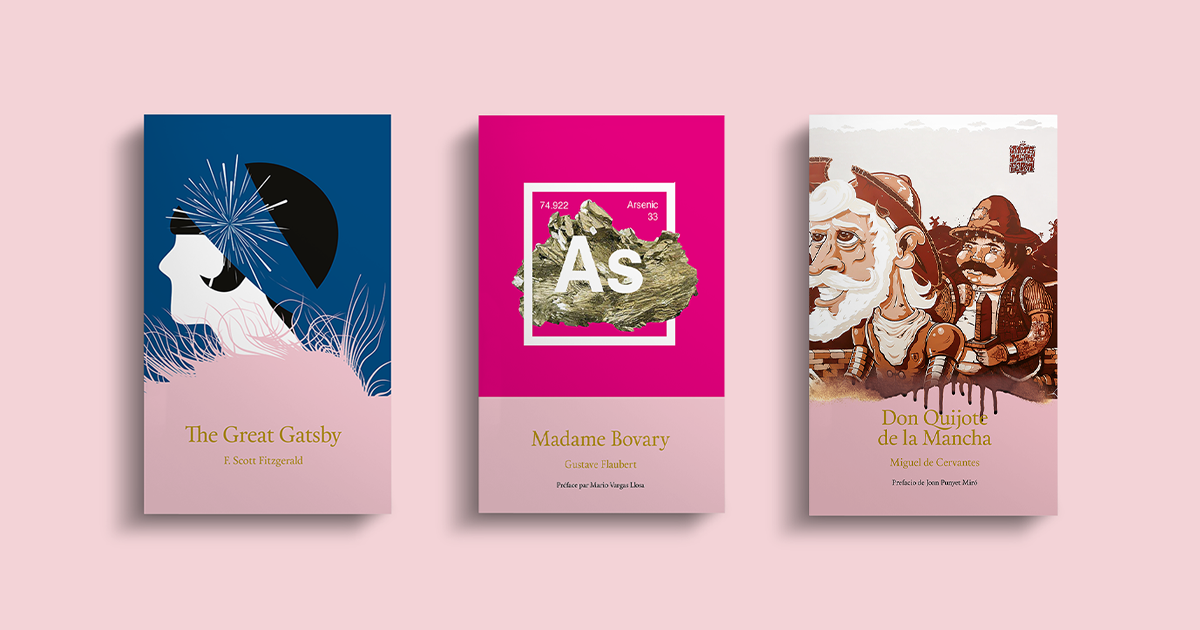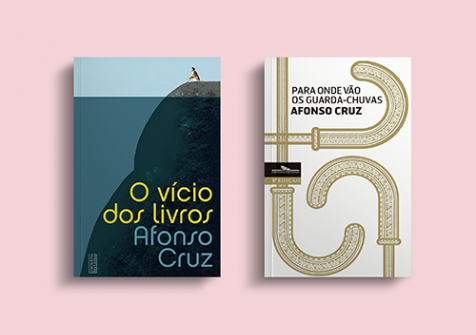Livraria Lello suggests…

Love matches with books. It is, at the same time, the most common and the most controversial theme in Literature. To read or reread in the most passionate of months, the booksellers of Livraria Lello suggest three works in which love is portrayed in its different forms… not always a fairy tale, not always a great tragedy.
Madame Bovary, Gustave Flaubert
In the so-called "novel of novels," Flaubert tells us the story of Emma Bovary - the first antiheroine of realism - and her search for a truly ravishing passion. He also tells us about Charles Bovary's unconditional love for this woman, which only crumbles with death.
An ode to the fascination of falling in love, but also to the spiral of despair caused by an eternal dissatisfaction, Madame Bovary is the author's masterpiece that includes, for the first time, rawness, violence, and eroticism, within a new concept of the modern novel.
The book was so groundbreaking for its time that it took Flaubert to court, accused of offenses against morals and religion. In the edition of the work published by Livraria Lello, you can read passages from the author's depositions regarding this judicial process. "Emma Bovary c'est moi" (Emma Bovary is me) is one of Flaubert's most famous phrases, uttered in this context.
With each paragraph of this unmissable work, the reader experiences new emotions and is led to experience the characters' fears, loves, conflicts, and passions.
[AVAILABLE HERE]
Don Quijote de la Mancha, Miguel Cervantes
The immortal story of the "Knight of the Sorrowful Figure" who, accompanied by his faithful sidekick Sancho Panza, advances through mountains and valleys, fighting windmills and other imaginary enemies in the name of justice and love. How does this adventure begin? With a nobleman, already of a certain age, who surrenders to reading, loses his mind, believes in the veracity of the stories he has read and decides to become an errant knight.
The charm of this work is born from this gap between the idealism of the protagonist and the reality in which he acts. And it is also in this mismatch that the theme of love is addressed. The embodiment of "beauty and virtue," Dulcinea of Toboso is the lady to whom the noble knight Don Quixote will dedicate his victories. Described by her lover as the most beautiful of women, this imaginary character is said to be inspired by Aldonza Lorenzo, a simple peasant girl whose physiognomy was not as attractive as Don Quixote described.
Don Quijote de la Mancha claims to be the classic founder of modern novels by satirizing the chivalric romances in vogue throughout the 16th and 17th centuries. His humor, digressions and reflections, the orality in his lines, and the metalanguage marked the end of the Middle Ages and the beginning of a new era in literature.
[AVAILABLE HERE]
The Great Gatsby, F. Scott Fitzgerald
The novel published by F. Scott Fitzgerald in 1925 is a portrait of the United States of America in the tumultuous 1920s. The work follows the story of a love whose materialization depends, to a great extent, on the financial accomplishment of the main character, Jay Gatsby.
Driven by his youthful passion for Daisy Buchanan, Gatsby does everything he can to become rich, and thereby live up to his beloved's expectations. In fact, by loudly displaying his newly acquired fortune, he succeeds in reconnecting with Daisy, but this romance is far from having a happy ending.
The work is a disenchanted view of the social asymmetries of the period after World War I, in contrast to the euphoria of victory: the poverty of many, the sudden and inexplicable enrichment of some, the rise of organized crime, the corruption.
At the time of its publication, the book, today considered one of the great classics of American literature, didn't receive much attention from readers. Only twenty years later was it rediscovered by the world, with the renewed faith in Humanity generated by the end of World War II. (Re)discover it yourself!
[AVAILABLE HERE]



.png)